Approximate reading time 3mins
I’ve covered more advanced subjects like how to prepare for a grading session, and how much can actually be graded in a day. But I haven’t yet touched on a simpler but very important subject: the *why?*. Why colourgrade your film in the first place?
If you’re reading this, chances are you work in content creation in some form or other. And I can safely assume you want your film to look as good as possible. Your colourist is the last stage in the post-production pipeline, and so it is your last chance to fine tune and cement the look and feel of your piece.

What is colour grading?
There’s 3 main aspects of a colourist’s work: Balancing the film scene per scene to create a good flow, fixing mistakes where possible and creating an appropriate look for the filmmaker’s vision.
Colour Balancing vs Colour Correction VS Colour Grading
Colour Balancing is essentially an other term for Colour Correction, but I guess it sounds less harsh as it doesn’t imply trying to fix mistakes.
It means looking at the film as a whole and unifying the look *within* each scene but also *between* each scene. We’re trying to help the viewer’s eye and guide the audience by taking away “tension” – things that stop you from immersing yourself into the story.
That said, on a shoot anything can happen, and mistakes are somewhat unavoidable. A colourist can really help in many tricky situations. We’ll tone down something distracting in one frame, and enhance the sky in another.

Whereas Colourgrading is a term that references the more creative aspect, the look creation being the main part. But we could include anything that is done to the image to emphasise the filmmaker’s original intention and strengthen the narrative. For example, making happy moments bright and warm, or pushing a look towards cooler colours for a more bleak scene.
Colour Correction
Maybe the sun came in and out between takes, or the wrong white balance was selected while rushing on set. Maybe there was mixed lighting and no time to use colour gels.
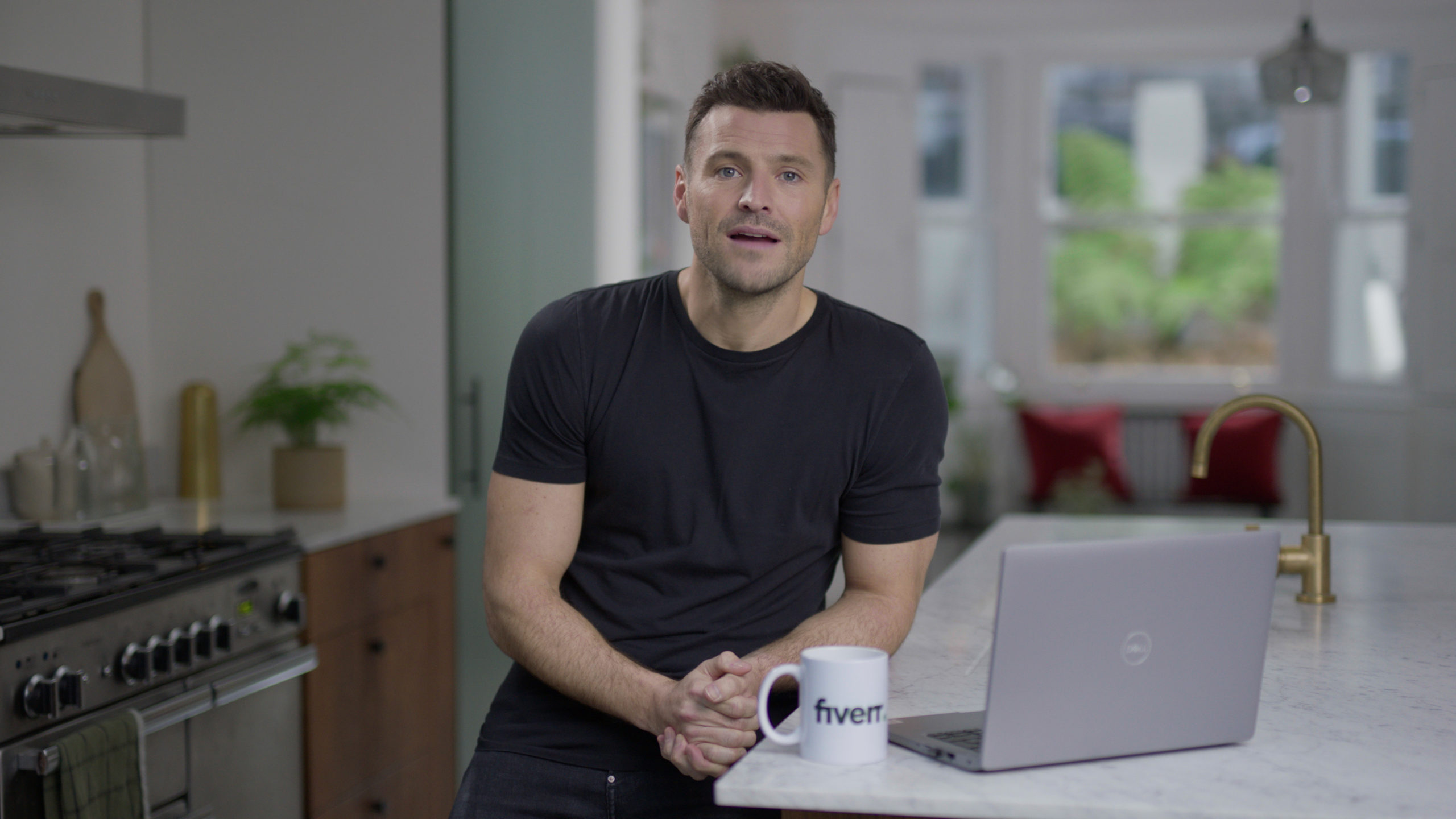
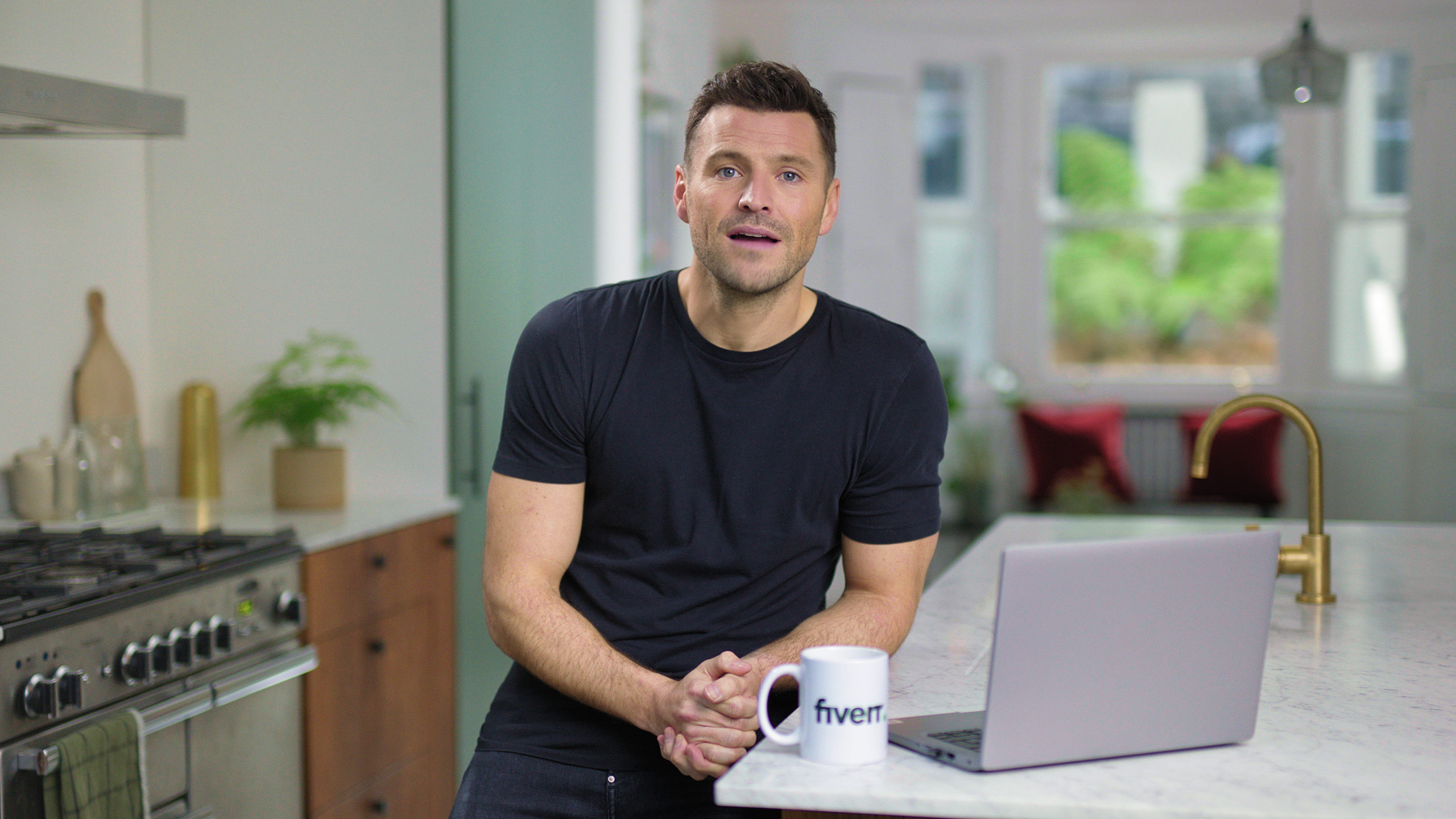
An other common issue is when interviews and other scenes are shot with 2 different cameras. Their colour rendition and perceived exposure can differ enough that they create unwanted tension when cutting between them. In other words, the difference in colours is noticeable and won’t make for a smooth viewing experience.


Colour balancing is looking at each scene or location and making sure that all the cuts flow well and feel like they belong to the same world.

By making the overall contrast and colour uniform, we help the viewer get a more immersive experience, without any unwanted distractions.
One less talked-about aspect of it is to make sure that a brand colour is exactly what it’s supposed to be, so that their spot or advert is clearly recognisable, and brand colour schemes are respected and maintained throughout.
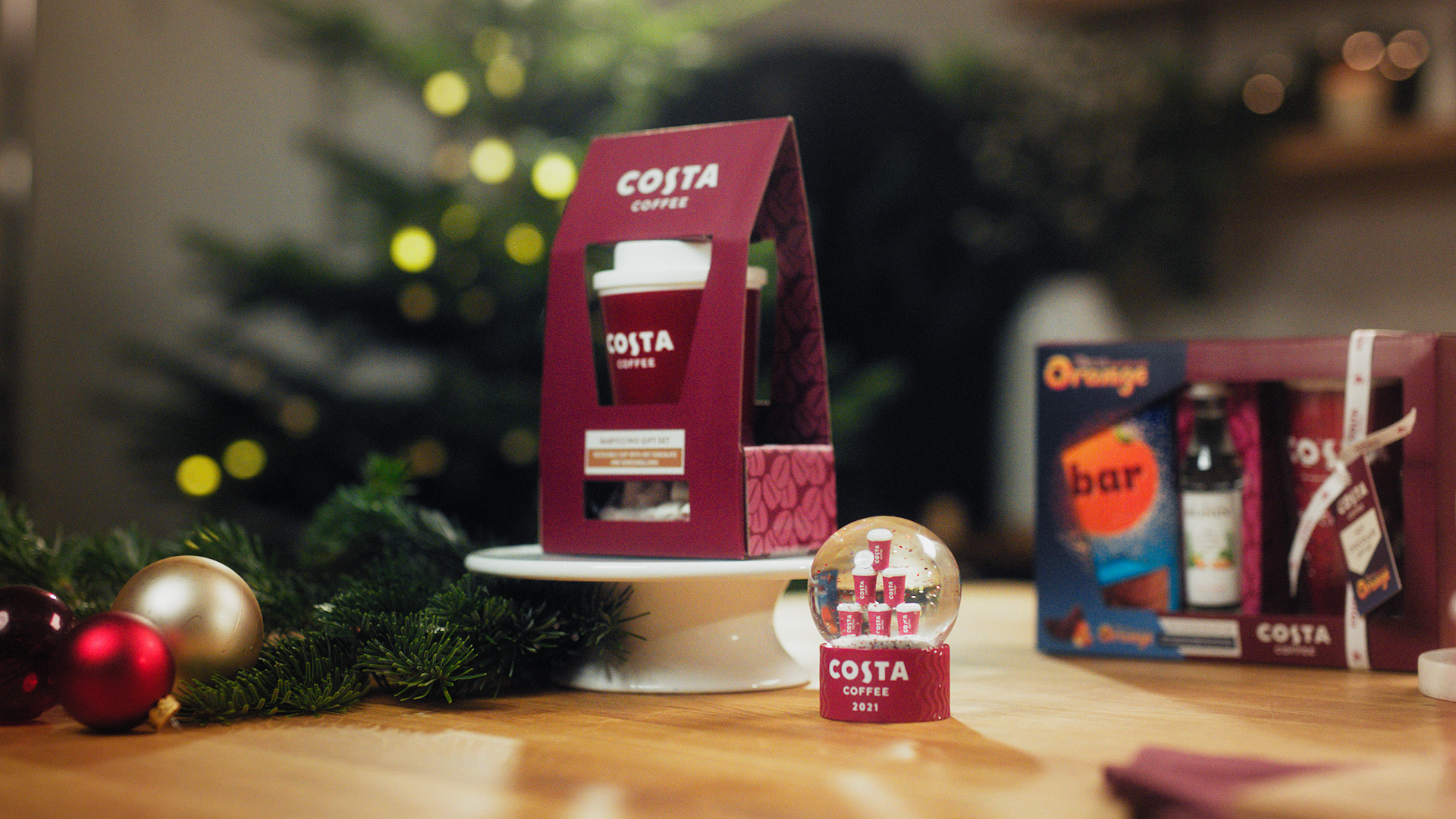

It could also be a piece of art for example, like a painting, that we would want to keep the colours of true to the original, as much as possible.
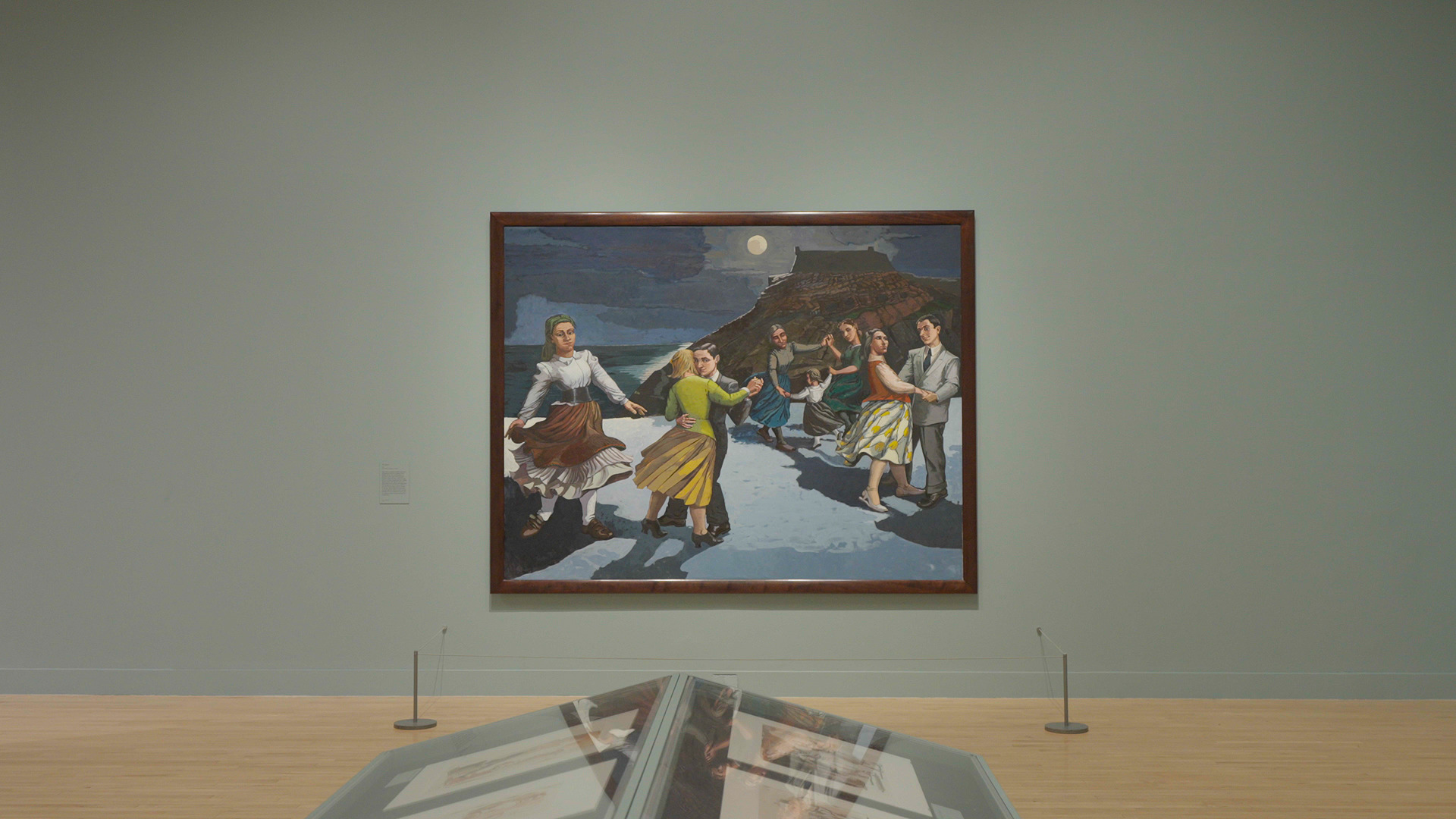
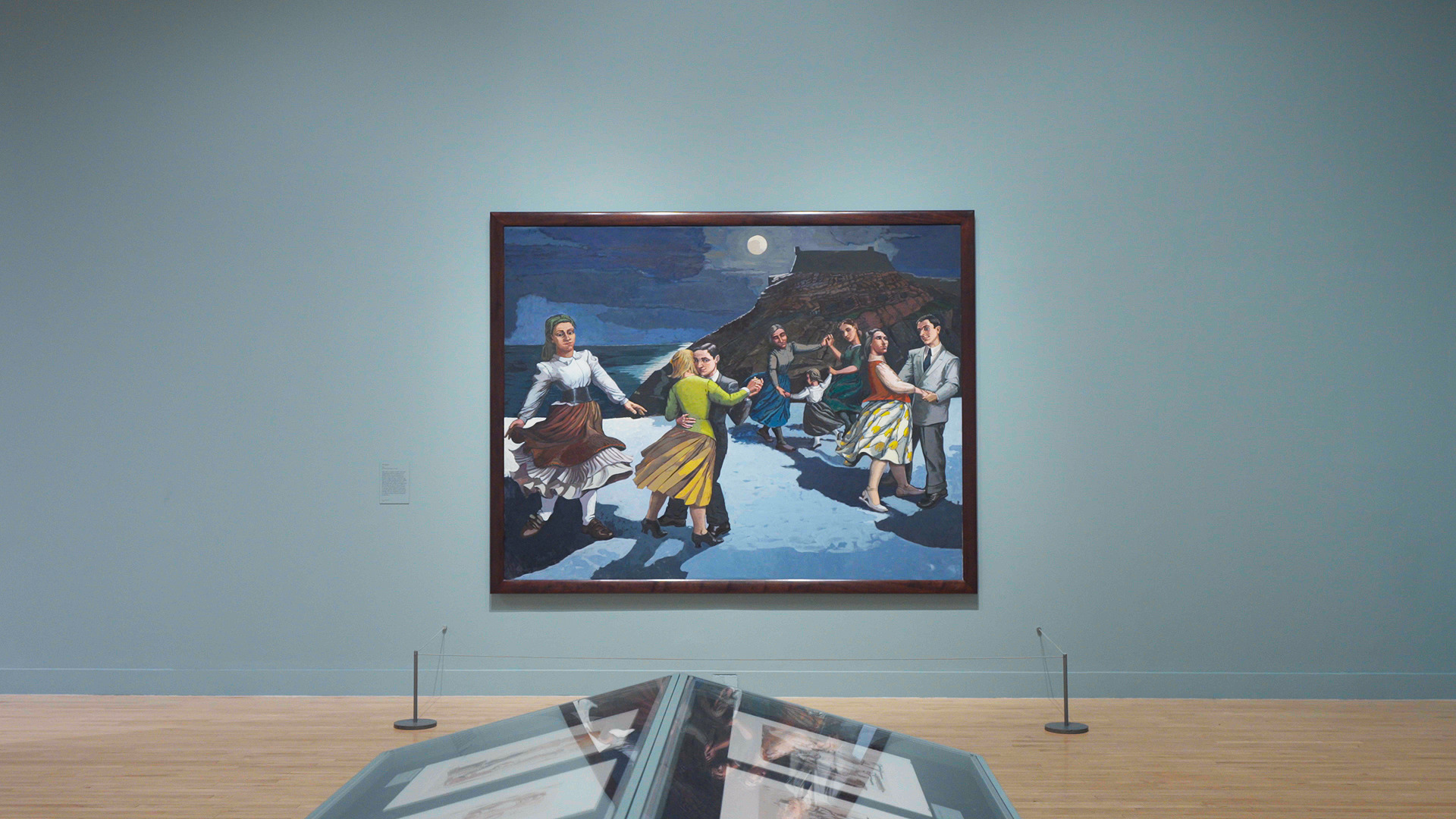
Colour Grading
Colour grading is generally done once the film has been balanced, though sometimes it’s done at the same time. It’s often the opportunity to stylise the film and give it another creative layer, an other element of uniqueness.

This aspect is planned before production begins whenever possible, but we often get sent “finished” films too, where we just need to add a little pop after the balance pass.
This is a part of post-production that Directors and/or DOPs like to attend when they can, to retain a certain control over the intended aesthetics of the film.

We tend to use tools such as LUTs, Print Film Emulations, keying, Glow effects, Haze, Sharpening, grain & Noise reduction, Halation, distortion, matching a particular colour rendition from some old lenses, scene relighting techniques and many more…



Other things your nice colourist could do for you
The reality though is that, because a colourist is the last thing done to the image before it gets packaged and published, he/she often ends up doing some light VFX work too. Maybe you had not noticed there’s a distracting element and you would like it removed. Or maybe you’d like someone’s skin to be helped a bit.
It doesn’t cost anything to ask, and more often then not we can do *something* to help.
It’s not always needed
It’s true, when budget doesn’t allow it or with single camera productions shot well, it’s hard to find a compelling reason to pay extra for a grade. Your editor might be able to do a basic balance and “slap on a LUT”, and maybe that’s good enough for you!
But when you can, doing a grade will ALWAYS raise your production value. ALWAYS! 🙂

